Check-in: "Show and Tell" Research Notes: |
| You may have watched this video in Advisory this week. If you haven't, you may want to watch it at some point... | |
Task #1: Post "Who Has a Seat at the Table" Mind Map to SeeSaw
Task #2: Set up your research document (portfolio);
Optional Task: Begin Research to answer your low-level questions
Be sure you are documenting your research notes. You can use any style/format for note-taking that works best for you. Be sure you are keeping track of which notes come from which source--record your sources and be sure you grab the links to help you easily go back to that source if you need to.
Helpful Resources for Research:
- Internet Research Tips ( Google doc)
- Unit 4 Global Issues - Course Webpage (more resources, tutorials, exemplars, and helpful websites for research)
Check-in: OPINION on Homework
For starters... let's look at the issue of homework.
How much homework should students have?
Read one of these AFTER completing the survey:
Task #1: Breakout Room Brainstorm Practice & Discussion:
"Who has a Seat at the Table"
Task #2: Formative in Schoology:
Submit your Research Question and Supporting Questions
Please do this prior to submitting these questions in Schoology.
Be sure you have submitted your Formative by the end of today (5pm).
OPTIONAL: If you feel ready and have the time...
begin preliminary research to try to answer low-level questions.
Check-in: What's this drawing about? (5 min.)
Task #1: Fill out Google Form for Selected Issue (5 min.)
Task #2: FORMATIVE: Develop Your Primary/Key Research Question
You will submit your primary/key research question and supporting questions for this on Schoology. You will receive formative feedback for this.
While you are developing questions you will work within a Breakout Room so that you can ideate and get peer feedback on your questions.
Discuss within your Breakout Room Group the two questions to get feedback.
Decide on one question you are leaning more towards for your primary/key research question.
Develop supporting questions for this research question.
Helpful Resources for Research:
- Developing strong research questions (Scribbr)
- Tips for effective research questions (Monash.edu)
- Guiding/Supporting Research Guidelines Tips for developing better research questions
- Bloom’s Taxonomy sentence starters slides
- Exemplars - Developing and Evaluating Supporting Questions (Google Doc)
| | |
Mrs. Stewart's Course
You'll find a daily agenda posted here for each day that class meets
Archives
May 2020
April 2020
March 2020
February 2020
January 2020
December 2019
November 2019
October 2019
September 2019
August 2019
May 2019
April 2019
March 2019
February 2019
January 2019
December 2018
November 2018
October 2018
September 2018
August 2018
May 2018
April 2018
March 2018
February 2018
January 2018
December 2017
November 2017
October 2017
September 2017
August 2017
May 2017
April 2017
March 2017
February 2017
January 2017
December 2016
November 2016
October 2016
September 2016
August 2016
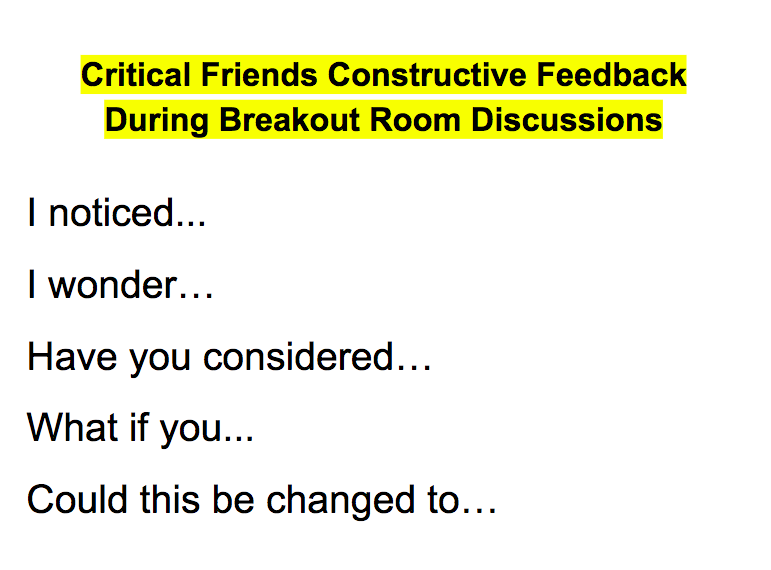

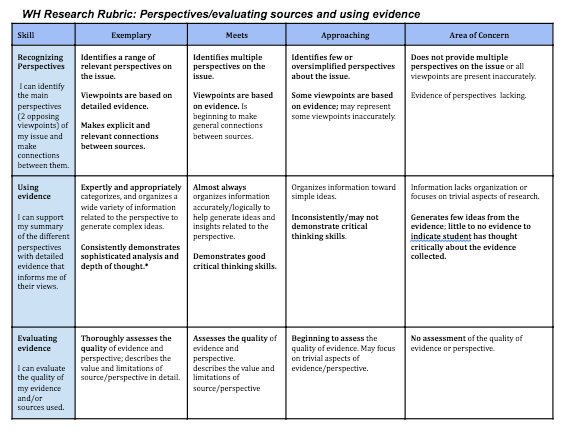
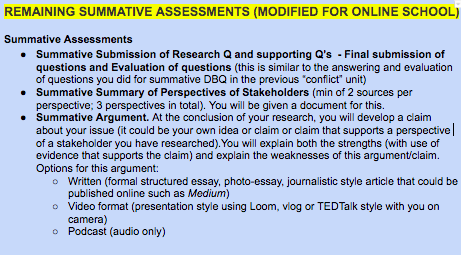
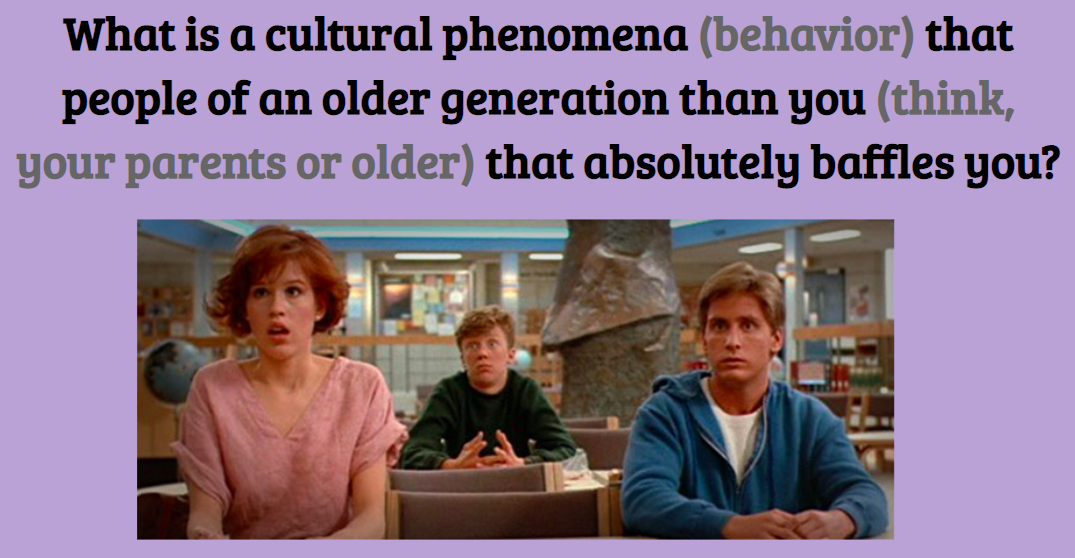

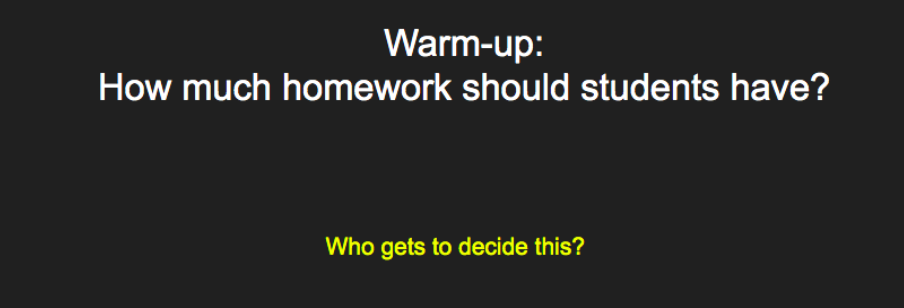
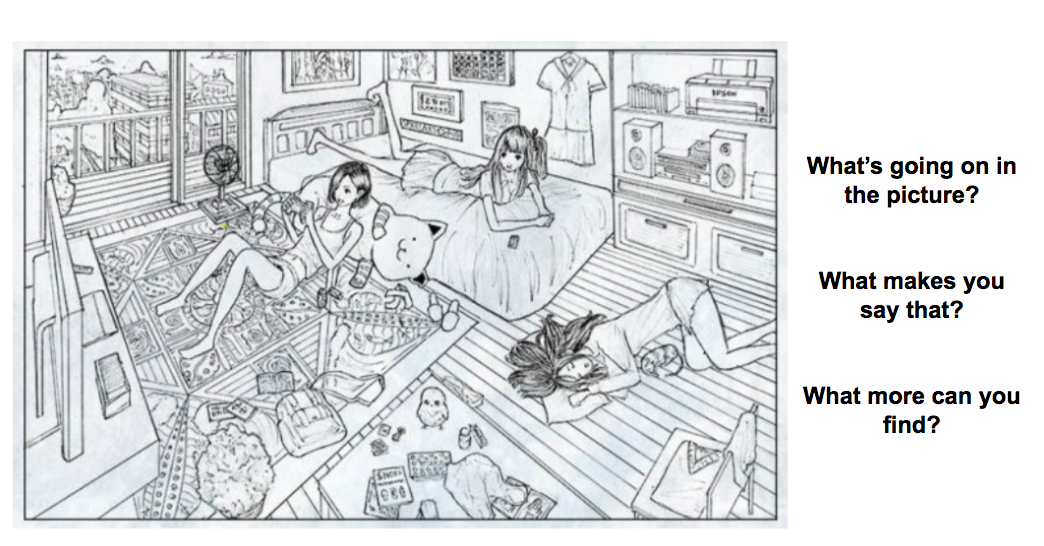
 RSS Feed
RSS Feed